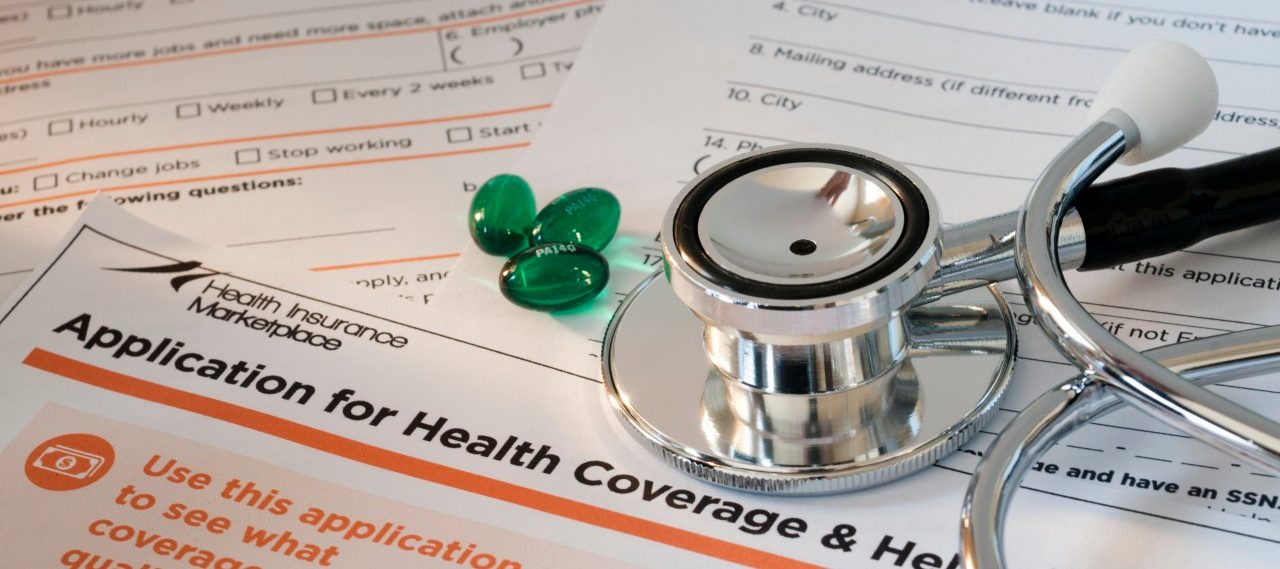Making Sense of the Health Insurance Marketplace

The good news about individual health insurance: More people have qualified for help paying their premiums under a law that extends tax credits until 2025.
More than 40 million Americans have individual health coverage the Affordable Care Act (ACA) marketplaces. The vast majority of enrollees through the marketplaces have received a subsidy in the form of a tax credit cutting their premium.
Premiums are rising about 6 percent for 2024, but some people may find the increase makes them eligible for a subsidy. You can sign up on the federal site, HealthCare.gov, used by most states, from November 1 to January 15 each year.
YOU MIGHT ALSO LIKE: How to Sign up for Medicare
Are you eligible for a subsidy?
To see if you can get a tax credit for ACA plan premiums, try this calculator. You can get help if the second-lowest cost silver plan costs more than 8.5 percent of your income.
Through 2025, there is no maximum income limit for your health insurance premium tax credit. Some people will be eligible for subsidies for their out-of-pocket costs.
Many people who are attracted to a bronze plan with a high deductible and lower premium might spend less if they choose a silver plan that covers more of their costs.
To get started, check HealthCare.gov, or see if your state has its own website, listed here. If you didn’t apply for a discount up front, you can still get the tax break when you do your taxes.
Check your state’s enrollment deadline. You can still buy insurance even if you miss the deadline if you had a special situation during the buying time (this is true at many companies as well).
There are other circumstances that trigger a 60-day period to buy new insurance, if you:
- Get married
- Have or adopt a baby
- Become a U.S. citizen
- Leave prison
- Lose your other health coverage
- Move outside your current insurer’s coverage area
Don’t put off looking into your options for coverage. Polls in 2022 found that half of American adults had put off medical or dental care because of cost. Three in 10 say that they didn’t fill a prescription, cut pills in half, or skipped doses because of cost.
Updated:
September 11, 2023
Reviewed By:
Christopher Nystuen, MD, MBA and Janet O'Dell, RN